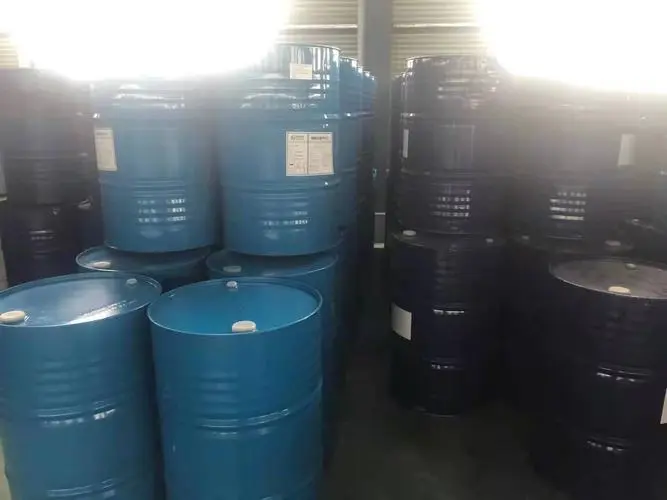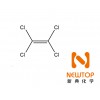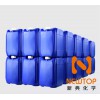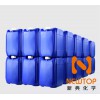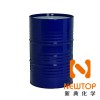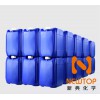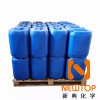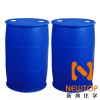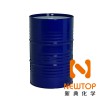Duilong Deqing came to buy all chemical raw materials in stock: high resilience wax release agent, modified cassava starch
Our company recycles thousands of chemical raw materials across the country. There are many types of recycled materials, unlimited quantity and quality, and they can be recycled after they are scrapped. Our company has complete qualifications and is safe to recycle and reuse. The sales staff are all over the country and pick up the goods personally. You solve the inventory problem. The 24-hour wealth hotline looks forward to cooperating with you!
Formal and qualified recovery of dyes, pigments, coatings, hot melt adhesives, emulsifiers, creamer, milk powder, vegetable oil, epoxy zinc-rich paint, paints, resins, aluminum pastes, rubber, hot melt adhesives, pressure-sensitive adhesives, BYK leveling agents, Foaming agent, dispersant, UV photoinitiator, UV absorber, light stabilizer, polyether polyol, lithium carbonate, lithium hydroxide, vanadium oxide, plastic embossing ink, oleic acid, AEO, printing paste, Zinc borate hydroxypropyl methylcellulose, resorcinol, hydroquinone, nonylphenol polyoxyethylene ether, polyethylene glycol, vinyl acetate resin, flexible foam polyether, combined polyether, pressure-sensitive granule heat Melt glue, menthol, flavor, vanillin, PVC polyvinyl chloride resin, coconut oil, lauric acid soap noodles, fumaric acid, chloroether resin, guaiacol, urotropine, zinc oxide, isocyanate, MDI , TDI, white oil, glycerin, polyvinyl alcohol, sodium alginate, etc.
Substituting sulfuric acid catalytic hydration technology. The disadvantages of this technology are low conversion rate, low yield of amide products and low by-products, which brings a great burden to the refining. In addition, due to the strong corrosiveness of the catalyst sulfuric acid, the equipment cost is high and the consumption cost is high; The second generation is a binary or ternary framework copper catalytic consumption technology. The disadvantage of this technology is the introduction of metal copper ions that affect polymerization in the final product, thereby reducing the cost of post-processing and refining; the third generation is the catalytic consumption of microbial nitrile hydratase Technology, this technology has mild response conditions, stops under normal temperature and pressure, has the characteristics of high selectivity, high yield and high activity, the conversion rate can reach 100%, the response is intact, and there are no by-products and impurities. The product acrylamide does not contain metal copper ions, and there is no need to stop the ion exchange to enter the copper ions produced during consumption, which simplifies the process flow. In addition, gas chromatography analysis shows that the acrylamide product contains almost no free ions and has high purity. , It is especially suitable for preparing ultra-high molecular polyacrylamide and polyacrylamide required by the food industry. The modified varieties of poly mainly include chlorinated poly, chlorosulfonated poly, cross-linked poly and blended modified varieties.
Duilong Deqing Shaoteng Chemical Co., Ltd. collects and recycles modified cassava starch. Caprolactam, maleic anhydride, phthalic anhydride, hydroquinone, resorcinol, catechol, trimellitic anhydride, succinic anhydride, pentaerythritol, neopentyl glycol, polyethylene glycol, photoinitiator, methyl paraben Ester propyl butyl ester, sodium benzoate, thiourea, hot melt adhesive, guar gum, xanthan gum, carrageenan, pectin, malic acid, bisphenol A, caustic soda, Ping Ping O, styrene acrylic emulsion, acrylic emulsion , Tannic acid, H acid, lauric acid, fumaric acid, salicylic acid, tartaric acid, mannitol, citric acid, xylitol, stearyl alcohol, fatty alcohol, adipic acid, stearic acid, fatty acid, Oxalic acid, boric acid, Tween Span, leveling agent, defoaming agent, dispersing wetting agent, etc. Door-to-door cash sales, unlimited quantity, paid intermediaries, welcome friends from all walks of life to call, and create a beautiful environment together.
【Statement】
Hebei Shaoteng Chemical Co., Ltd. takes back: long-term take back EVA particles polyvinyl alcohol hot melt adhesive resin paint epoxy resin epoxy curing agent stearic acid soap particles zinc stearate calcium stearate barium stearate cadmium stearate palm Wax white wax anti-dyeing salt masterbatch red lead, yellow lead three salt two salt organic bentonite activated carbon paraformaldehyde
Our company takes back thousands of chemical products. Our company promises to take back and use them quickly, at a reasonable price, and with professional safety and environmental protection methods. Welcome your calls and sincerely wait for cooperation with you!
For the rare earth catalyst system, the Gehler Synthetic Rubber Research Institute used the rare earth element Nd neodymium instead of Ti in the original polymerization catalyst to make a new generation of catalyst, which can increase the content of raw rubber cis-1,4-isoprene rubber and avoid insoluble Things. The crude rubber has large average relative molecules, narrow distribution, short vulcanization processing time, and less catalyst usage, but the cost is higher. This catalyst has been pilot-tested in the late 1980s, and industrial tests have been carried out on the 100-ton/year Bashkiriya synthetic rubber plant. In 1970, rare earth catalyzed isoprene rubber was produced, and a 500-ton/year pilot plant was established in Jilin Chemical Co., Ltd. After long-term operation, it provided dozens of tons of products. The technology was scaled up and industrially tested on the 10,000-ton butadiene rubber plant of Yanshan Petrochemical in 1973. In 1975, it passed the preliminary approval at the ministerial level. In 1987, the basic design of the 13,000-ton/year isoprene rubber plant was completed. The synthetic isoprene rubber technology passed the technical appraisal of the former Ministry of Chemical Industry. In 1992, Shanghai Gaoqiao Petrochemical also proposed a pre-feasibility report for the construction of a 10,000-ton/year isoprene rubber plant. Beijing Rubber Industry Research and Design Institute has also conducted a lot of research on isoprene rubber since the 1960s, and has initially formed a set of application technologies. Although relevant departments have conducted multiple demonstrations on the isoprene rubber project, the production of isoprene rubber is still blank in China. There are two main points of contention: one is the difficulty of collecting C5; the other is whether the price of isoprene rubber can compete with natural rubber. . Facing the huge market opportunities, many foreign companies have begun to expand the production capacity of isoprene rubber and expand the production line of polyisoprene. my country has rare earth isoprene rubber synthesis technology, and the development of isoprene rubber should also be put on the agenda. The by-product in polymerization, commonly known as sub-brand wax, is a PE wax that is purified through a refining process. The product has low viscosity, high melting point, excellent external properties, and low price. However, the quality fluctuates with the change of raw materials and processes. Due to the characteristics of the process, it is inevitable that there will be more low melting point components in the product.

